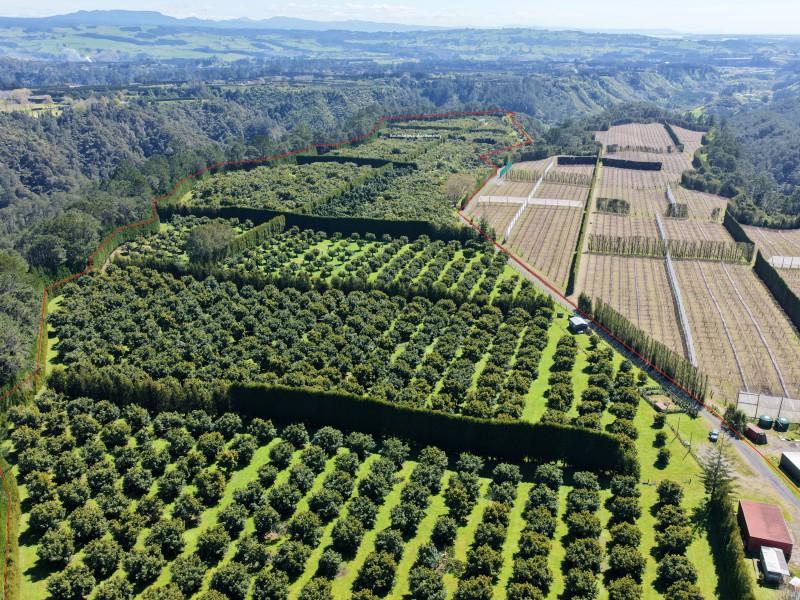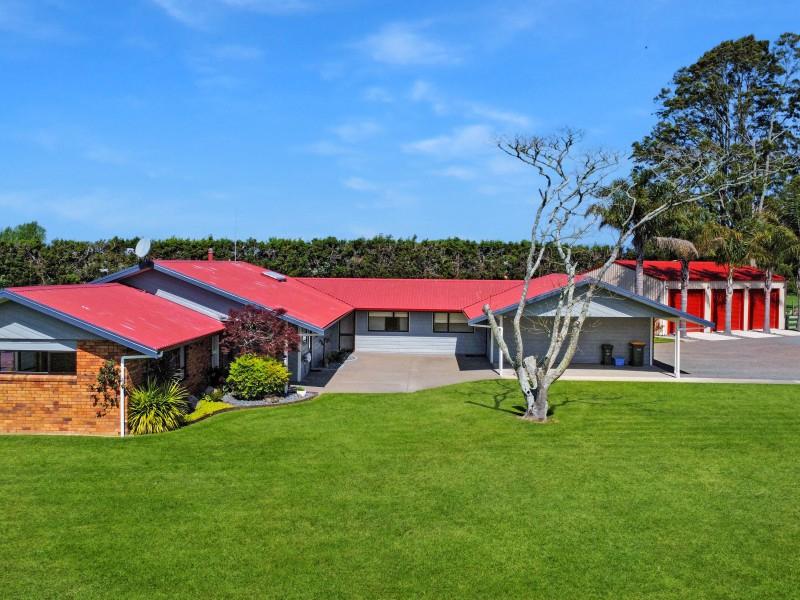The Green Side of Wool
We have a soft spot for sheep. For many, sheep are symbolic to New Zealand culture with the rearing of sheep being the backbone of the economy for many years.
Sheep farming was established in New Zealand by the 1850s and for several decades wool accounted for more than one third of New Zealand’s exports by value, with the sheep population peaking at just over 70 million in 1982.
This number is significant when compared to New Zealand’s human population of 5 million. By 2020 sheep numbers dropped to 26 million following a decline in profitability compared to other types of farming, particularly dairy.
While also farmed as a food source, today’s article focuses on sheep wool and its environmental attributes.
Wool is a natural and renewable resource and as long as our beloved sheep are eating our tasty green pastures they will always produce wool. Wool has amazing properties that make it ideal for many applications from home furnishings to underwear.
Cotton and synthetic fibres are currently the most commonly produced fibres globally, however, their performance and environmental benefits do not compare to wool.
From Wool to Yarn
The wool clip (the total yield of wool shorn during one season from the sheep) is sent to the scourers where it is cleaned and dried before being spun into yarn. The yarn is then sent to the textile manufacturer where many different processes are involved.
The yarn is wound onto dye cones to be dyed the required colours. Next the yarn is warped onto beams which are threaded through the loom, allowing the weft yarn to run across the warp and create a woven fabric.
The fabric is then inspected, washed, and dried. Very few chemicals are used in the processing, typically only water and heat.
Keep reading: www.curtainclean.co.nz...
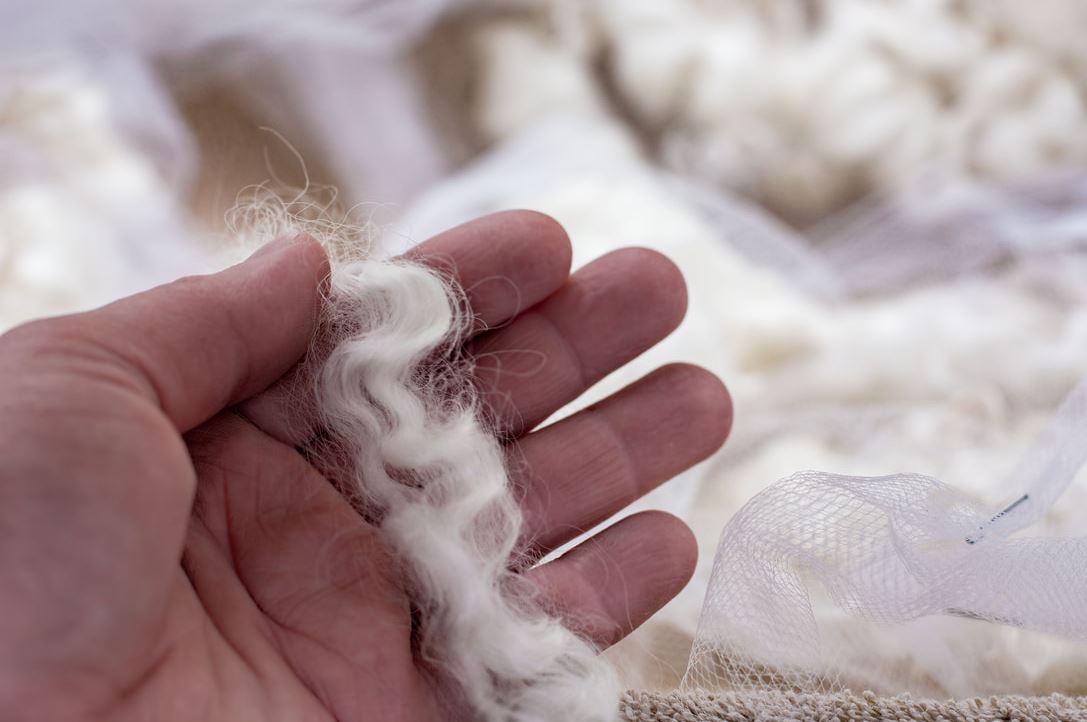
Neighbourhood Challenge: Who Can Crack This One? ⛓️💥❔
What has a head but no brain?
Do you think you know the answer? Simply 'Like' this post if you know the answer and the big reveal will be posted in the comments at 2pm on the day!
Want to stop seeing these in your newsfeed?
Head here and hover on the Following button on the top right of the page (and it will show Unfollow) and then click it. If it is giving you the option to Follow, then you've successfully unfollowed the Riddles page.

We want to know: Have you thought about cutting your insurance cover to save costs?
Senior business reporter Rob Stock tackles a big question many of us have wondered about: “What are the pros and cons of cutting back on insurance?”
So we’re curious… What are your thoughts on trimming your insurance cover? Have you ever considered it?
Want to dive deeper? Rob Stock has the full breakdown.

Suellen's Sweet Christmas Tradition
The festive season is the perfect excuse to indulge your sweet tooth and to bring something truly special to the Christmas table. For Suellen’s family, that showstopper is Croquembouche !
An impressive tower of cream puffs bound together with delicate spun sugar, this classic dessert is a favourite at weddings across France and Italy and a much-loved Christmas tradition at home.
Click read more for the full recipe.

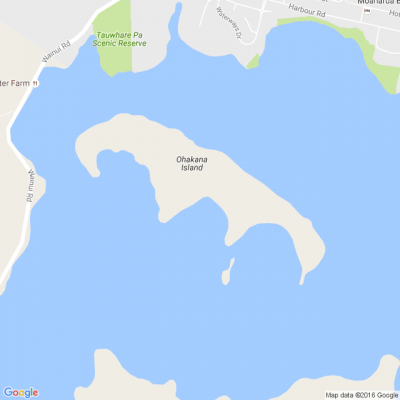
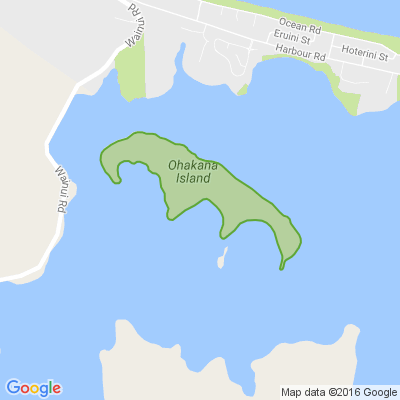




 Loading…
Loading…








